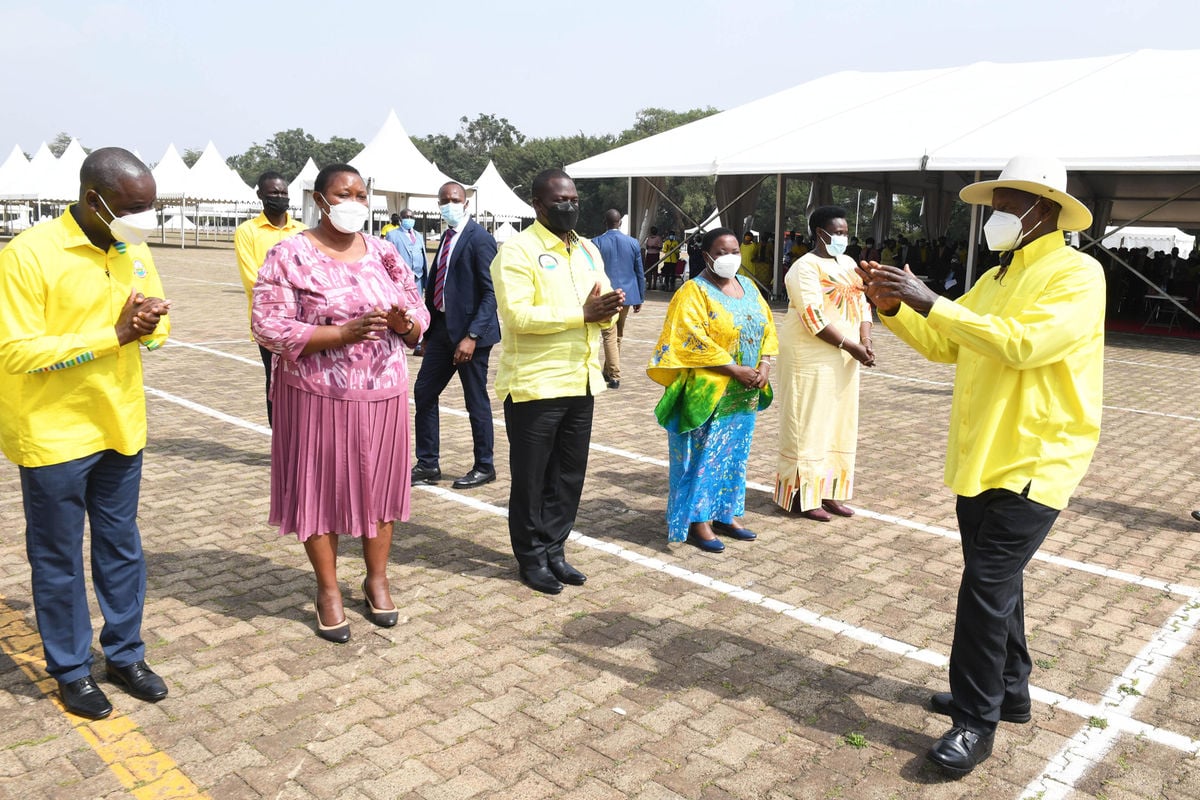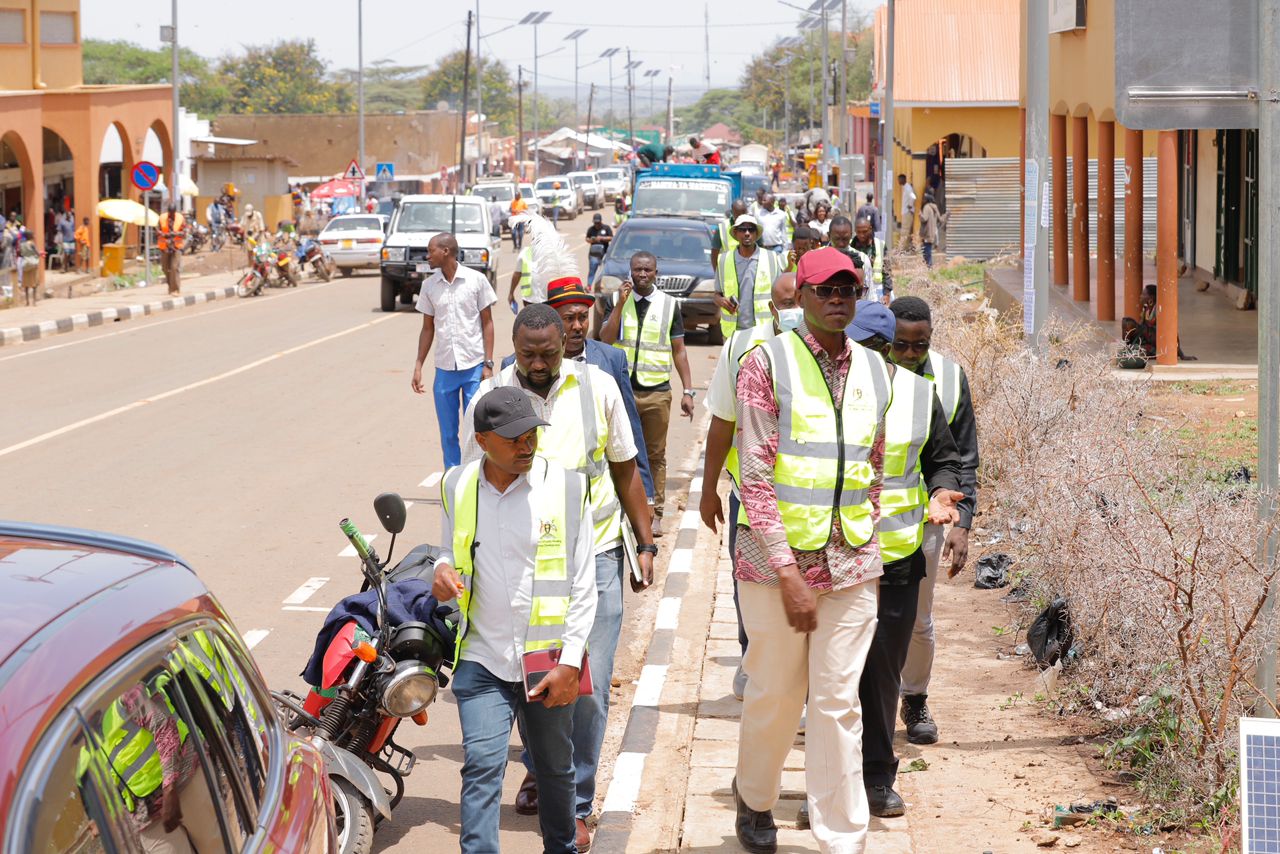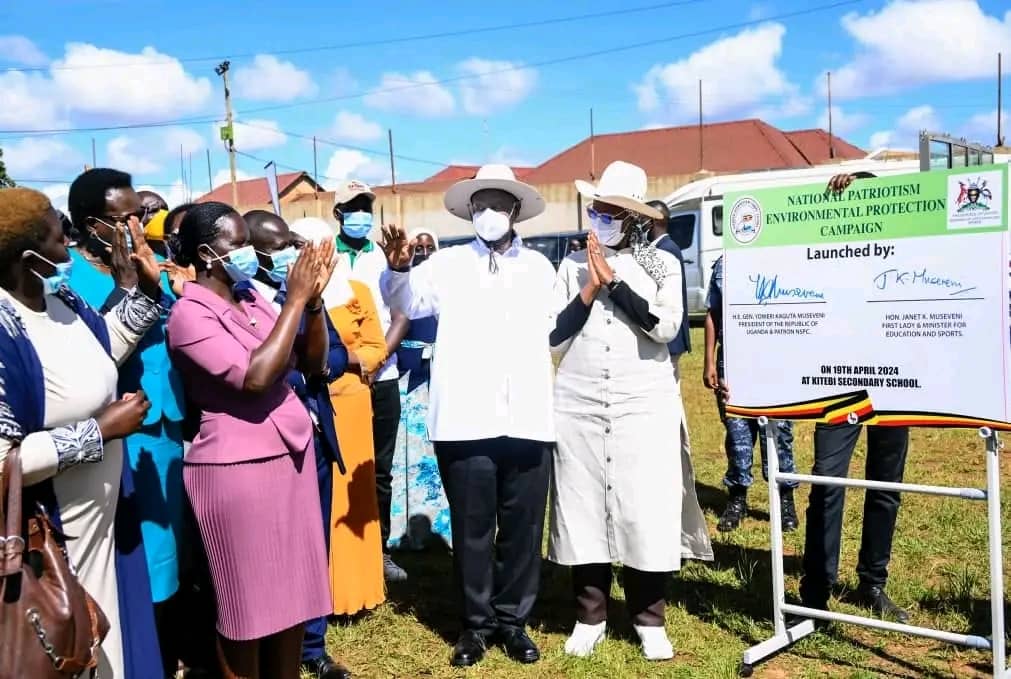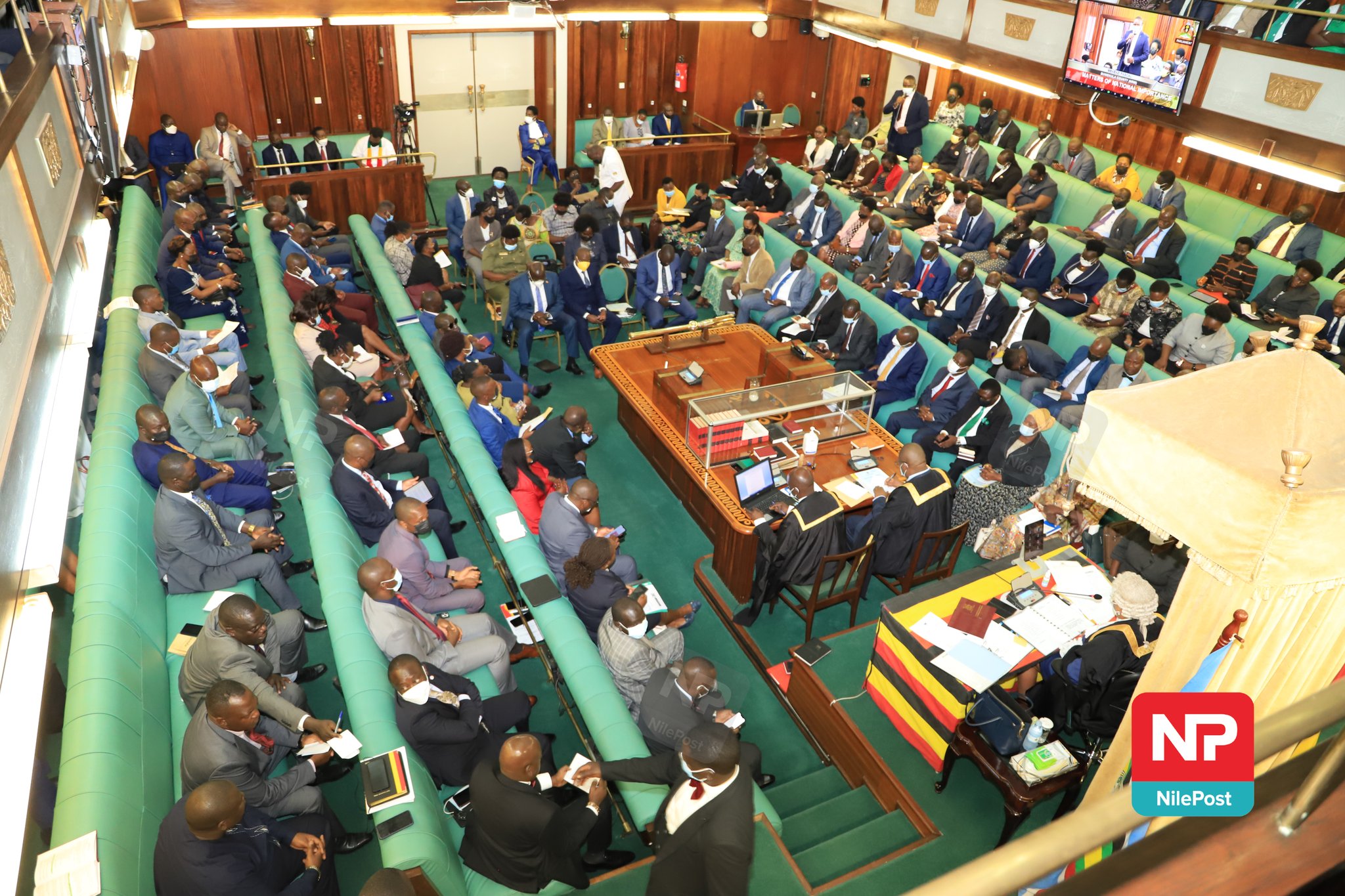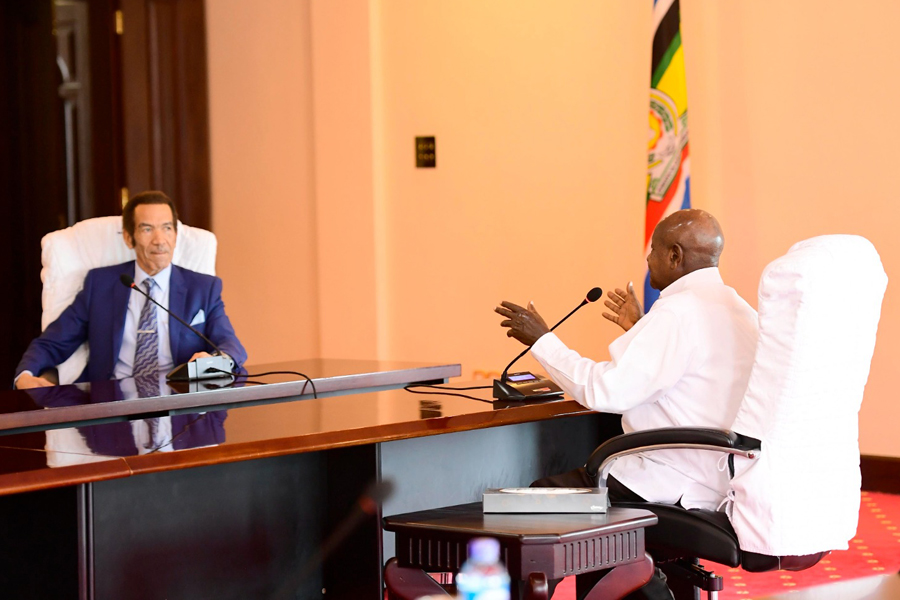Government meets World Bank team to clear air over "middle income status"
Government and World Bank officials today met to try to clear the air over the country's "middle income status" tag.
President Museveni said during the state of the nation address that Uganda had become a middle income nation but World Bank, in a report last week, disputed this categorisation.
Keep Reading
In a tweet, the Uganda Bureau of Statistics (UBOS) charged with collecting statistics about the various sectors of the country confirmed that the meeting was indeed aimed to discuss the state of Uganda’s economy, following a World Bank report that was released last week.
Other participants at the meeting are Ministry of Finance and Economic Planning and Bank of Uganda.
The World Bank’s 19th edition of the Uganda Economic Update (UEU) that was released last week revealed that Uganda is yet to enter middle-income status, contradicting Museveni who had told the country that Uganda's per capita income had hit $1,046 (roughly Shs 3.9 million), the threshold for a country to be considered middle income.
Museveni however said that Uganda will need to sustain this GDP for at least three years in order to be regarded as a middle-income state.
The World Bank however refuted these claims last week, saying that Uganda’s Gross National Income per capita was at $840 in 2021.
The World Bank said that the figure had only increased marginally and this left Uganda below the lower middle-income status threshold.
The bank also projected a 5.1 percent growth rate in FY23, 0.5 percentage point below the December 2021 forecast, increasing to about six percent in 2024.
In her speech, World Bank country boss Mukami Kariuki told journalists that the rising commodity prices and the overall increase in the cost of living pose new risks to livelihoods that had just started recovering from the effects of Covid-19 and expressed fears that this could sink a huge chunk of the population further into poverty.
The World Bank suggested that improvements around administrative processes of the pre-investment phase of PIM are being discounted by challenges in critical areas, including project prioritisation and selection, budgeting and implementation.



